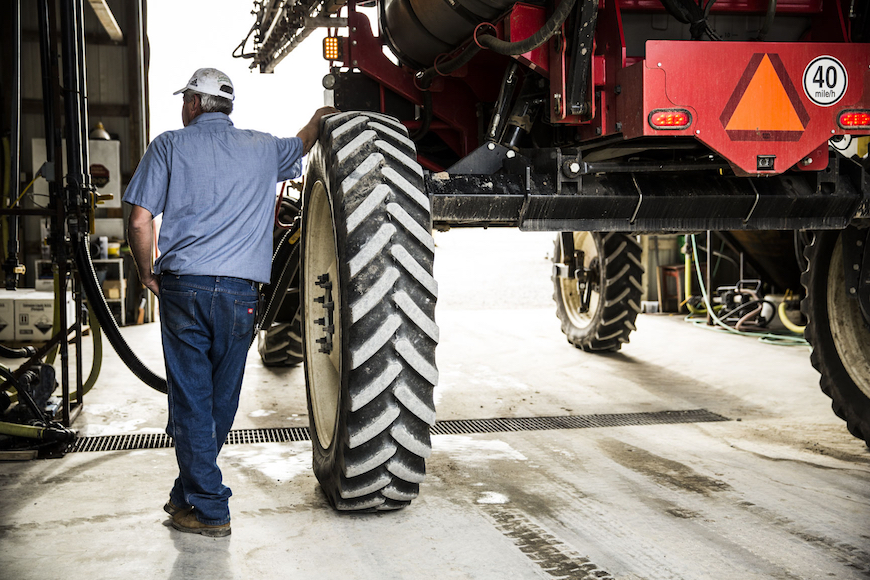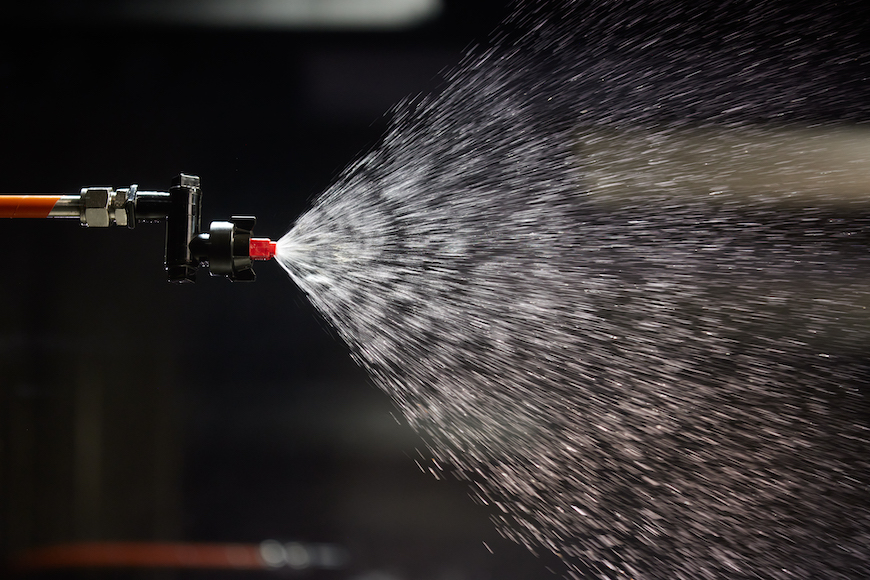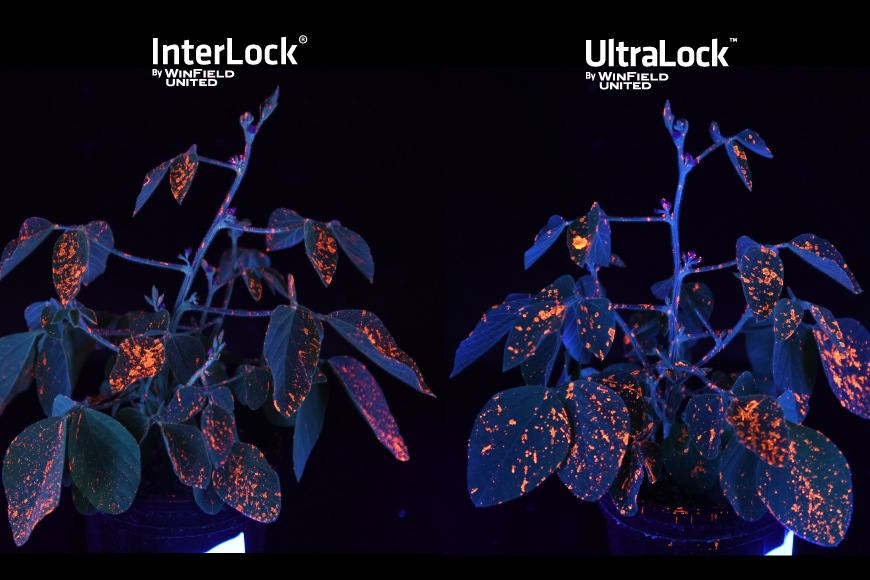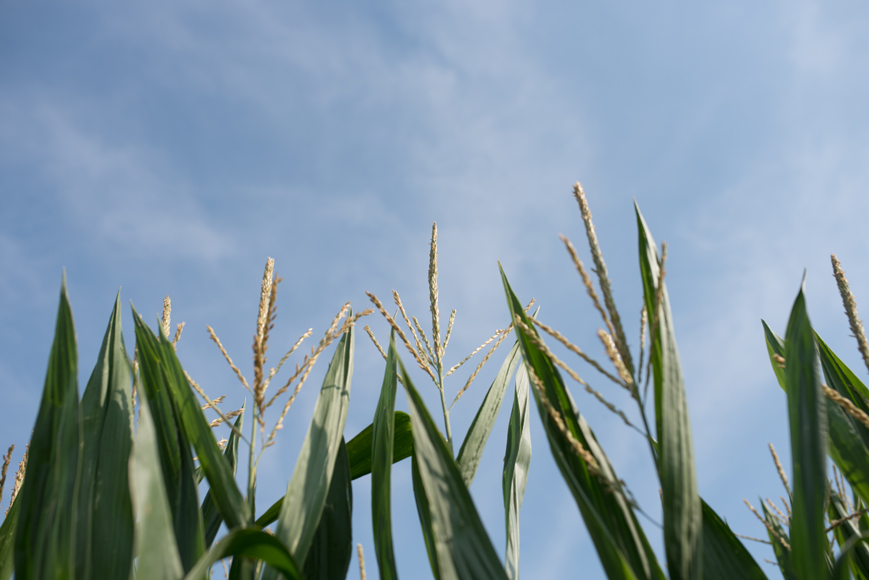It’s Not Too Early to Talk Fungicides

Farmers often ask me when they should plan to purchase their fungicides for the season. My answer is, in the off-season AND in-season. It seems contradictory, but there are good reasons to make purchases both times of the year.
It’s not just about disease pressure
With tighter margins, many farmers are choosing to delay their fungicide purchases to see what the season brings. But that might not be the best approach to getting the most from your genetics. Our Answer Plot® data shows that not all hybrids respond to fungicide applications the same way. We’ve seen some locations where disease pressure has been relatively low, yet the hybrids respond significantly to a fungicide application. That’s because fungicides do more than just control disease. They affect plants in other physiological ways, including influencing nitrogen use efficiency, respiration maintenance and hormone production. All these things can affect yield potential, even in the absence of disease.
3 tips for a stronger plant health strategy
My advice for building a solid plant health strategy comes down to three steps.
If you’re tempted to wait to make your fungicide purchases until next summer, take a look at your genetics’ response-to scores to make sure you’re not missing an opportunity to optimize yield. Postharvest is the perfect time to work with your local WinField United retailer to plan hybrid placement and management to ensure you’re capitalizing on your seed’s potential.
It’s not just about disease pressure
With tighter margins, many farmers are choosing to delay their fungicide purchases to see what the season brings. But that might not be the best approach to getting the most from your genetics. Our Answer Plot® data shows that not all hybrids respond to fungicide applications the same way. We’ve seen some locations where disease pressure has been relatively low, yet the hybrids respond significantly to a fungicide application. That’s because fungicides do more than just control disease. They affect plants in other physiological ways, including influencing nitrogen use efficiency, respiration maintenance and hormone production. All these things can affect yield potential, even in the absence of disease.
3 tips for a stronger plant health strategy
My advice for building a solid plant health strategy comes down to three steps.
- Review your seed choices and learn how they respond to a fungicide application. Plan to prepay for fungicides and adjuvants on acres with high-response hybrids. Our data shows a positive return on investment, even when disease pressure is low.
- For hybrids that are less responsive to fungicides, I’d recommend holding off on fungicide purchases to assess disease pressure in-season. If disease comes in early and is heavy, I’d recommend a fungicide, paired with MasterLock® adjuvant, to help protect yield potential.
- Regardless of when you make your purchase, you should always plan to add an adjuvant to your tank mix. The drift deposition aid MasterLock improves fungicide coverage within the plant’s canopy, leading to improved ROI potential on input costs. Our Answer Plot data has shown an average 5.7-bushel-per-acre yield advantage in corn, simply by adding MasterLock to the fungicide tank mix.
If you’re tempted to wait to make your fungicide purchases until next summer, take a look at your genetics’ response-to scores to make sure you’re not missing an opportunity to optimize yield. Postharvest is the perfect time to work with your local WinField United retailer to plan hybrid placement and management to ensure you’re capitalizing on your seed’s potential.




